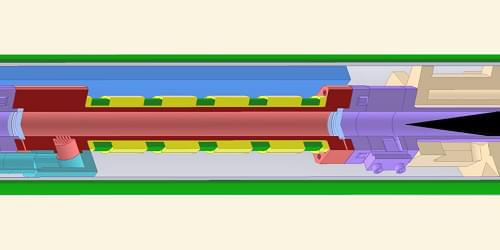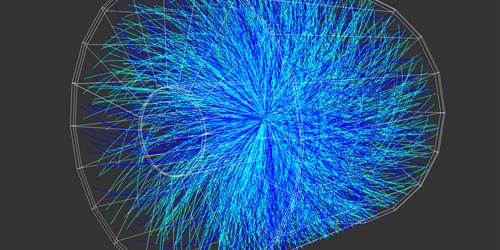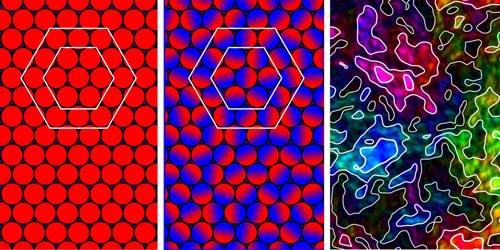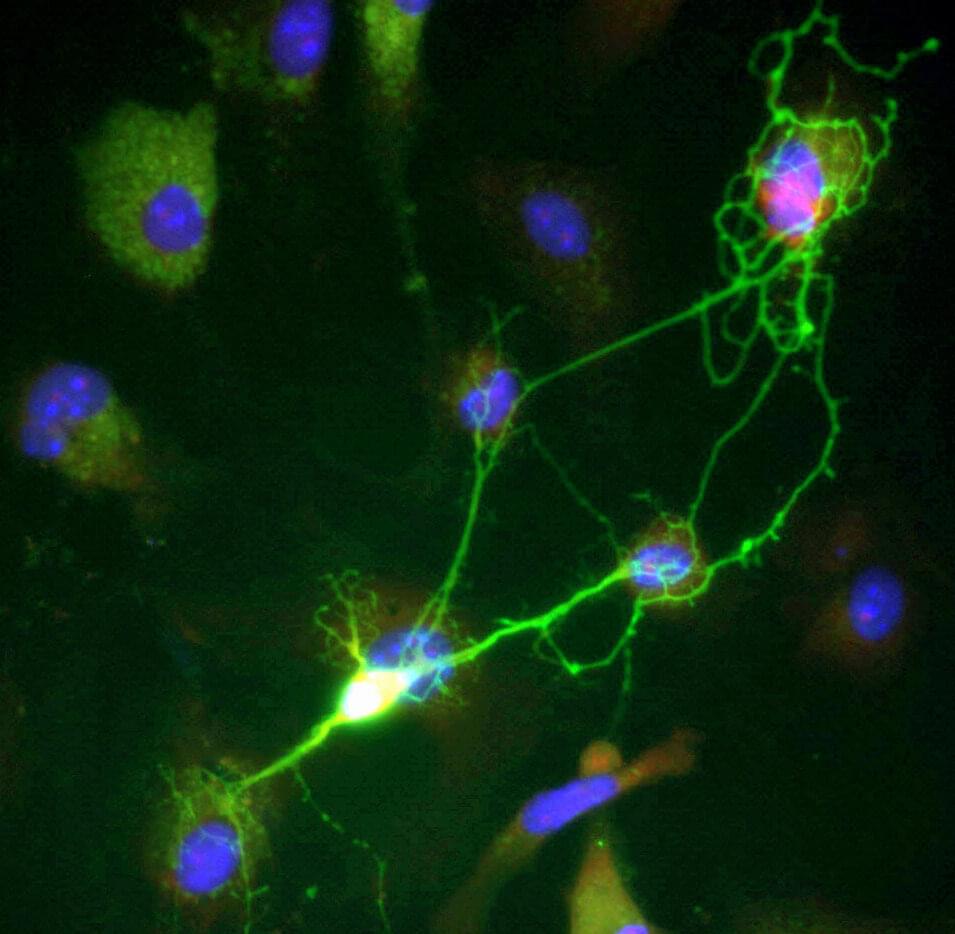Facing large payouts from wildfire lawsuits, electric companies are passing their added costs on to ratepayers.
Google Deepmind will soon begin researching autonomous language agents such as Auto-GPT, potentially boosting the viable applications of LLMs such as Gemini.
Google DeepMind is looking for researchers and engineers to help build increasingly autonomous language agents, Edward Grefenstette, director of research at Google DeepMind, announced at X.
Such AI agents already exist in early stages, with Auto-GPT being one of the earliest examples. The basic idea is to create a system that autonomously achieves a given goal using a mix of prompt engineering, self-prompting, memory, and other system parts. While such agents are already showing promising results, they are still far from being able to achieve good results on their own and usually require human feedback and decision-making.
Today’s retailers are faced with a clear opportunity for transformation. Consumer expectations are constantly evolving, challenging retailers to keep pace. A blend of online and in-person shopping forged during the pandemic persists, forcing retailers to deliver a highly personalized omnichannel experience. And retailers’ values are becoming as important to consumers as their products and services.
The right product can reduce staff and clinician burnout, but it needs to include a human element.
The pharmaceutical industry operates under one of the highest failure rates of any business sector. The success rate for drug candidates entering capital Phase 1 trials—the earliest type of clinical testing, which can take 6 to 7 years —is anywhere between 9% and 12%, depending on the year, with costs to bring a drug from discovery to market ranging from $1.5 billion to $2.5 billion, according to Science.
The first frequency-based limit on the neutrino’s mass sets the stage for next-generation experiments.
The Large Hadron Collider (LHC) is best known for the 2012 discovery of the Higgs boson, which was made by smashing together high-energy protons (see Collection: The History of Observations of the Higgs Boson). But protons are not the only particles accelerated by the collider, and some studies call for colliding much heavier objects. Now a team working on the LHC’s ALICE experiment has collided lead nuclei to study an exotic particle called a hypertriton [1]. The result could help researchers reduce errors in models of the structure of neutron stars.
A hypertriton is a tritium nucleus in which one neutron has been replaced with a lambda hyperon, a heavier particle with a quark configuration of up-down-strange rather than up-down-down. Researchers have long known the energy it takes to bind tritium’s proton and two neutrons. But it was unclear how that energy changed with the neutron–lambda hyperon switch.
The ALICE Collaboration turned to lead–lead collisions to answer this question because these collisions produce hypertritons in much greater numbers than proton–proton ones do. A hypertriton quickly decays into a helium-3 nucleus and a pion, with the decay time and the energy of the decay products depending on the binding energy between the lambda hyperon and the hypertriton core.
Active particles can form two-dimensional solids that are different from those formed by nonmotile particles, showing long-range crystalline order accompanied by giant spontaneous deformations.
If you compress a liquid slowly enough at low temperatures, it will freeze into an ordered solid: a crystal. Or at least that’s what we’re used to seeing in three dimensions. If you instead consider particles confined to a two-dimensional (2D) plane, the outcome is quite different. For equilibrium systems, a 2D solid stabilizes into a structure that lacks long-range order—it becomes less ordered further away from a central lattice site. The behavior of systems far from equilibrium, such as self-propelled particles, remains, however, an open question. In a numerical study of bacteria-like particles, Xia-qing Shi of Soochow University in China and his colleagues now show that active crystals follow a slightly different set of rules than their nonmotile counterparts [1]. Like 2D equilibrium crystals, 2D active systems stabilize into an ordered solid-like phase but with extremely large particle fluctuations around the configuration of a perfect crystal lattice.
A research team from University of Lausanne (UNIL) and the Wyss Center, has discovered a new type of cell essential for brain function. Hybrid in composition and function, in between the two types of brain cells known so far—the neurons and the glial cells—these cells of a new order are present in several brain regions in mice and humans.
The study published in the journal Nature shows that these cells promote the ability to memorize, the brain control of movements, and contrast the insurgence of epileptic seizures.
Neuroscience is in great upheaval. The two major families of cells that make up the brain, neurons and glial cells, secretly hid a hybrid cell, halfway between these two categories. For as long as neuroscience has existed, it has been recognized that the brain works primarily thanks to the neurons and their ability to rapidly elaborate and transmit information through their networks.









